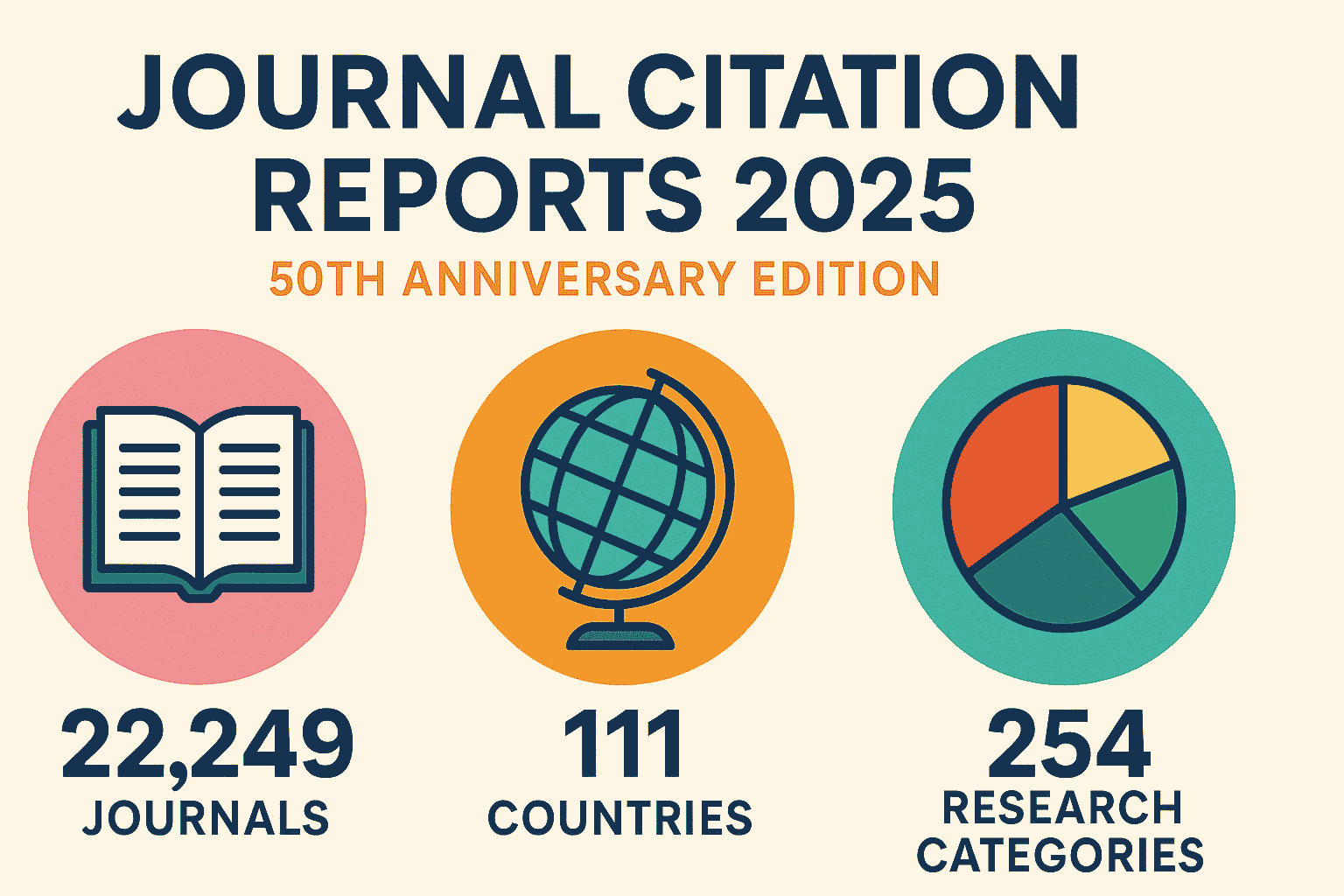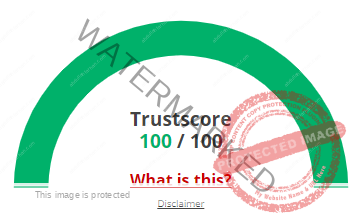Rhesus Macaque Killer Cell Ig-like Receptor Domain 0 Glycans Impact Surface Expression and Ligand Specificity
Defining the MHC class I ligands of rhesus macaque killer cell Ig-like receptors (KIRs) is fundamental to NK cell biology in this species as a model for infectious diseases and comparative immunogenetics. Several rhesus macaque KIRs belong to a phylogenetically distinct group with a three-amino acid deletion in domain 0 (D0). This deletion results in polymorphic differences in potential N-linked glycosylation (PNG) sites adjacent to a predicted KIR-MHC class I contact site. Whereas most KIRs have two tandem PNG sites in D0 (N36FTN39FT), the KIRs containing the deletion only have a single site in this region (N36FT). To discern the contribution of glycosylation to KIR expression and ligand recognition, we constructed PNG mutants for six lineage II KIR genes that eliminate or create sites for N-glycan addition at these locations. The impact of these mutations on total and surface expression was determined by immunoblotting and flow cytometry. Ligand engagement was assessed by coincubating reporter cell lines bearing chimeric KIR-CD3ζ receptors with target cells expressing individual MHC class I molecules and were corroborated by staining with KIR IgG-Fc fusion proteins. We found that N36FT is glycosylated in KIR with a single site, and at least one site is glycosylated in KIRs with two tandem sites. In general, for rhesus KIRs with a single D0 glycosylation site, that site contributes to surface expression. For KIRs with two tandem sites, the first site can contribute to ligand specificity. This study establishes that D0 glycosylation of rhesus macaque KIRs modulates surface expression and contributes to ligand specificity.
Summary
This study investigates how glycosylation affects rhesus macaque killer cell Ig-like receptors (KIRs), crucial for NK cell function and disease modeling. Rhesus KIRs, some with a unique three-amino acid deletion, display varying glycosylation patterns near MHC class I contact sites. Researchers mutated potential glycosylation sites in six KIR genes, analyzing the impact on protein expression and ligand binding. They found that glycosylation at N36FT is crucial for surface expression in KIRs with a single glycosylation site. For KIRs with two tandem sites, the first glycosylation site can significantly affect ligand specificity. The study concludes that D0 glycosylation in rhesus KIRs regulates surface expression and ligand recognition.
Read more…
This post is part of “Science/Immunology News”, Follow for more…!!!







